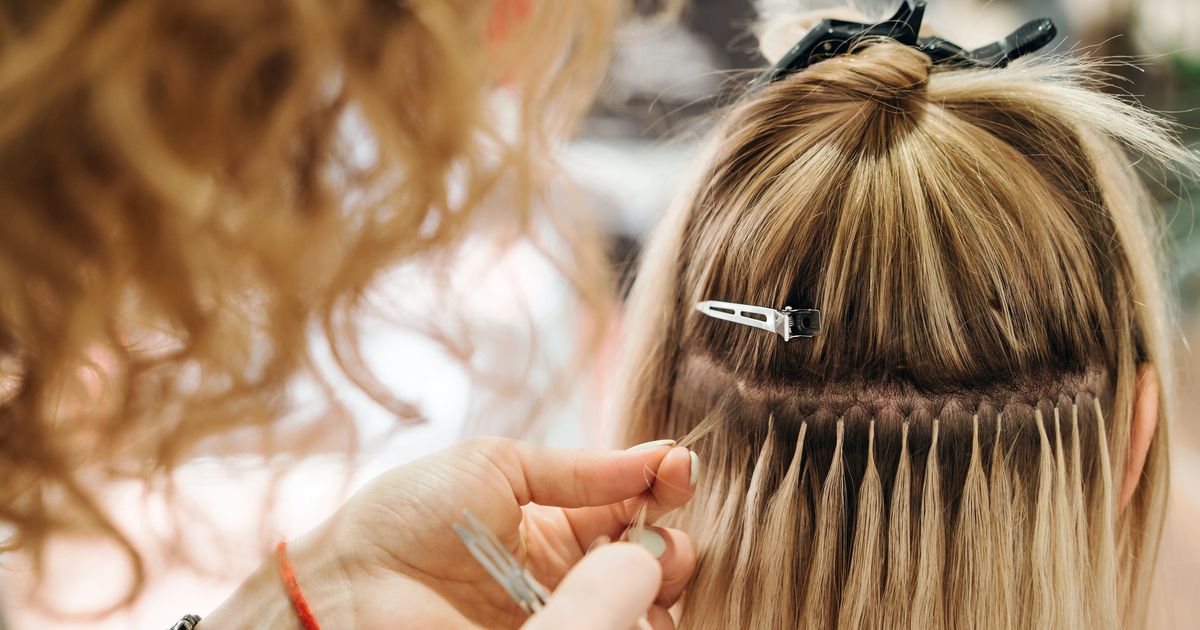






Would You Pay $4,000 for This Hair? Inside the Viral Pricing Row

The internet has erupted over a simple question: is hair worth $4,000? A recent TikTok thread centered on pricing from a salon billed as Hair by Chrissy has sparked a broader conversation about the economics of luxury hair services, what customers pay for, and where everyday consumers draw the line between cost and value. Whether you follow salon news or simply scroll social for beauty drama, the debate reveals a lot about how the market — and social media — shapes perceptions of price and prestige.
Why a headline price can feel shocking
Seeing a four‑figure price tag attached to hair can be arresting. For many people, salon visits are an occasional treat; for others, extensions or bespoke colouring are investments in confidence, career or public image. The numerical surprise is part emotional and part practical: a number like $4,000 sits firmly in luxury territory, and social platforms amplify reactions — from ridicule to staunch defence — in real time.
What can drive a $4,000 bill?
High prices do not appear out of nowhere. Several legitimate components can push a salon invoice into thousands of dollars. These often include:
- Premium raw hair: ethically sourced, Remy or virgin human hair of a consistent grade is costly to procure.
- Custom colour and blending: bespoke dyeing, toning and matching can require multiple salon hours and specialist colourists.
- Skilled installation: hand‑tied wefts, micro‑rings, tape‑ins or bespoke bonding need experienced technicians.
- Maintenance and aftercare planning: follow‑up appointments, treatments and personalised care regimes.
- Location and overheads: prime salon addresses, staff wages, training and insurance contribute to higher pricing.
- Limited availability and brand premium: celebrity‑linked teams or exclusive studios often command a premium for perceived status.
All of these can legitimately increase the final cost — but the question remains whether they add perceived value for the client on a personal level.
How social media frames the value debate
TikTok, Instagram and other platforms condense opinion into quick takes: outrage, defence, astonishment. That speed reshapes how we evaluate services. A viral clip highlighting a headline price rarely includes the fine print: whether the quote covered multiple visits, included hair material costs, or was part of a bespoke package. Without that context, viewers fill gaps with assumption, and narratives polarise.
Practical questions to ask before you book
If you’re tempted — or alarmed — by a high price, asking targeted questions will help you decide if it’s right for you:
- What does the price include? (hair material, installation, follow‑ups)
- How many hours and appointments are required?
- Can the salon provide before/after pictures of similar work?
- Is the hair human, and how is its quality defined and guaranteed?
- What maintenance will be needed and at what ongoing cost?
- Are there alternatives or phased plans to spread cost over time?
Key Takeaways
- Headline prices can be misleading without context: ask what’s included before judging value.
- High costs often reflect a combination of premium materials, skilled labour and salon overheads.
- Social media intensifies emotional reactions but not always technical detail or transparency.
- Clients can protect themselves by requesting detailed quotes, timelines and visual examples.
- Ultimately, whether a service is ‘worth it’ depends on personal priorities: longevity, look, convenience and budget.
Frequently Asked Questions
Is a $4,000 price common for hair services?
Four‑figure prices are not standard for typical salon visits, but they do occur in the luxury segment — particularly for high‑end extensions, bespoke colour transformations, or celebrity stylist services. Context is everything: what’s included and the expected lifespan of the result determine how that figure compares to lower‑priced options.
Why do some hair extensions cost more than others?
Quality, sourcing, and the method of manufacture all matter. Human Remy or virgin hair that maintains cuticle direction typically lasts longer and blends more naturally, increasing cost. Treatments, custom dyeing and labour‑intensive installation methods also make a meaningful difference.
Are cheaper alternatives always a false economy?
Not necessarily. There are reputable mid‑range salons and high‑quality pre‑made extension brands. The risk with cheaper routes is lower durability, patchy results, or additional maintenance costs that reduce overall value. Research and consultation are key to finding the right balance.
How can I verify a salon’s claims about hair quality?
Ask for clear documentation about sourcing and manufacturing. Request visual evidence of comparable client results, ask about the expected lifespan of the hair and what warranties or replacement policies exist. Trusted salons will be transparent and happy to walk you through the details.
Do celebrity or influencer associations justify a price premium?
Celebrity affiliation can create demand and justify higher prices through perceived exclusivity or specialised expertise. However, a name alone doesn’t guarantee a superior technical outcome — assess the stylist’s portfolio and client reviews rather than relying solely on branding.
How should I budget for long‑term costs?
Factor in initial installation, recommended maintenance visits, specialist products and potential refresh appointments. Some extension types require regular professional upkeep to maintain integrity and appearance, which adds to lifetime cost.
Explore More: Discover related reads from Hairporium — News • Guides • DIYs • Expert Articles.
Stay Updated: Read more UK hair industry news and innovations on Hairporium News.







